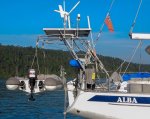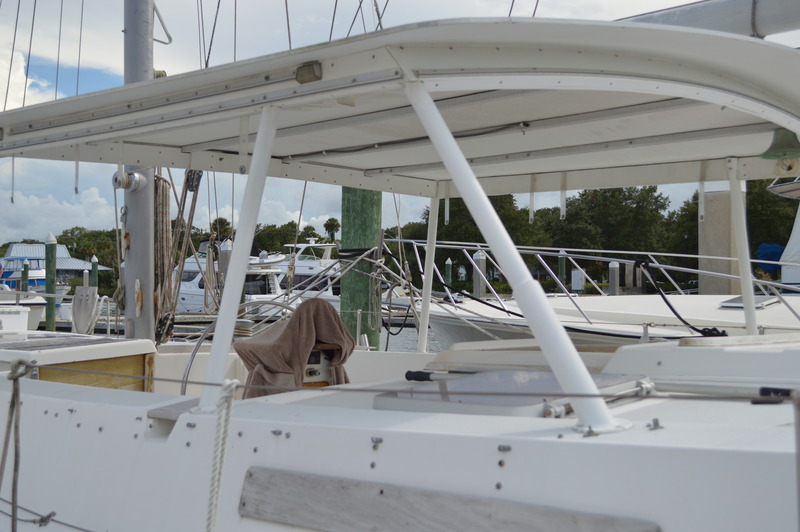zoidberg
Well-known member
Hmmm.
I recently examined a pair of ORC Rating Certificates for the same boat, one year apart. Admittedly, this was a 27' fin keeled boat. There was a 'huge' difference in the AVS, from 173 degrees to 101 degrees. The one Certificate was for the boat 'stripped out'. The other was in full cruising trim, with a range of bolted-on addendums - and 496kg heavier.
No-one can guarantee they won't encounter a 'knockdown' breaking sea. No-one can guarantee that if knocked-down beyond, say, 90 degrees, the next wave will knock them back upright again.
One is then probably significantly more stable upside down.
Most will just guess that they'll 'probably be all right'..... but they won't know. That's what the calculations are for, and the qualified people who interpret them. - if you can't ask the designer of your boat.
I recently examined a pair of ORC Rating Certificates for the same boat, one year apart. Admittedly, this was a 27' fin keeled boat. There was a 'huge' difference in the AVS, from 173 degrees to 101 degrees. The one Certificate was for the boat 'stripped out'. The other was in full cruising trim, with a range of bolted-on addendums - and 496kg heavier.
No-one can guarantee they won't encounter a 'knockdown' breaking sea. No-one can guarantee that if knocked-down beyond, say, 90 degrees, the next wave will knock them back upright again.
One is then probably significantly more stable upside down.
Most will just guess that they'll 'probably be all right'..... but they won't know. That's what the calculations are for, and the qualified people who interpret them. - if you can't ask the designer of your boat.
Last edited:


